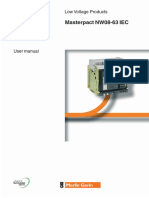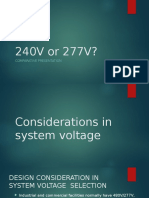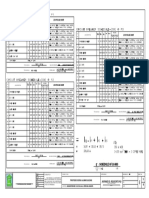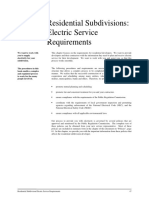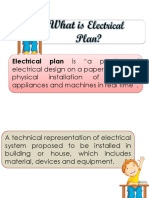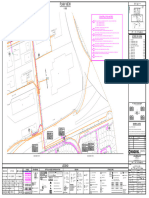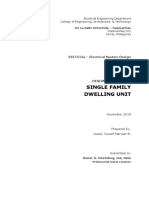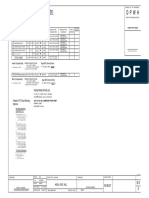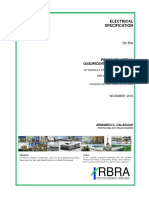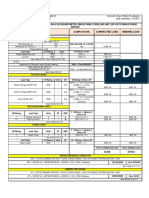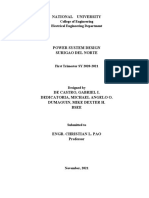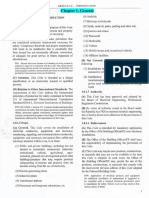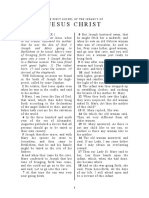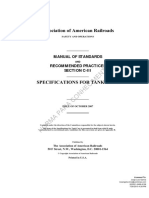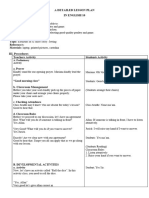0% found this document useful (0 votes)
507 views6 pagesPhilippine Electrical Code Notes
This document summarizes key aspects of the Philippine Electrical Code (PEC):
1) The PEC was established by the Institute of Integrated Electrical Engineers (IIEE) and approved by the Board to set basic material quality and electrical work standards for safe electricity use.
2) Strict compliance ensures safety but not necessarily efficiency, convenience or adequacy. The code is intended for mandatory application by government bodies with legal jurisdiction over electrical installations.
3) The code covers electrical installations but excludes aircraft, motor vehicles, and railway rolling stocks. Deviations require written permission from enforcing authorities. The Board renders final decisions in controversies.
Uploaded by
Kaye LopezCopyright
© © All Rights Reserved
We take content rights seriously. If you suspect this is your content, claim it here.
Available Formats
Download as DOCX, PDF, TXT or read online on Scribd
0% found this document useful (0 votes)
507 views6 pagesPhilippine Electrical Code Notes
This document summarizes key aspects of the Philippine Electrical Code (PEC):
1) The PEC was established by the Institute of Integrated Electrical Engineers (IIEE) and approved by the Board to set basic material quality and electrical work standards for safe electricity use.
2) Strict compliance ensures safety but not necessarily efficiency, convenience or adequacy. The code is intended for mandatory application by government bodies with legal jurisdiction over electrical installations.
3) The code covers electrical installations but excludes aircraft, motor vehicles, and railway rolling stocks. Deviations require written permission from enforcing authorities. The Board renders final decisions in controversies.
Uploaded by
Kaye LopezCopyright
© © All Rights Reserved
We take content rights seriously. If you suspect this is your content, claim it here.
Available Formats
Download as DOCX, PDF, TXT or read online on Scribd
/ 6




